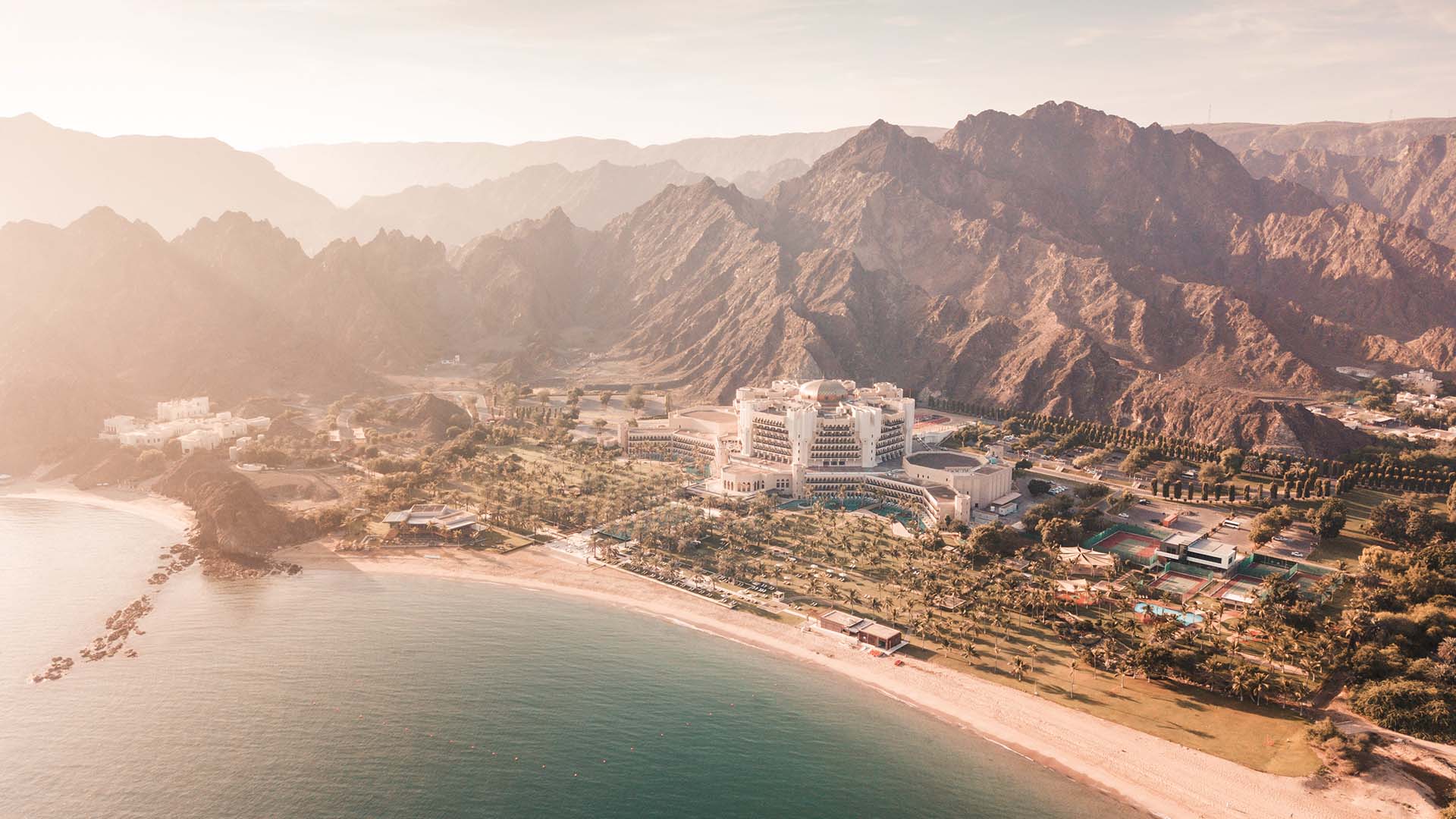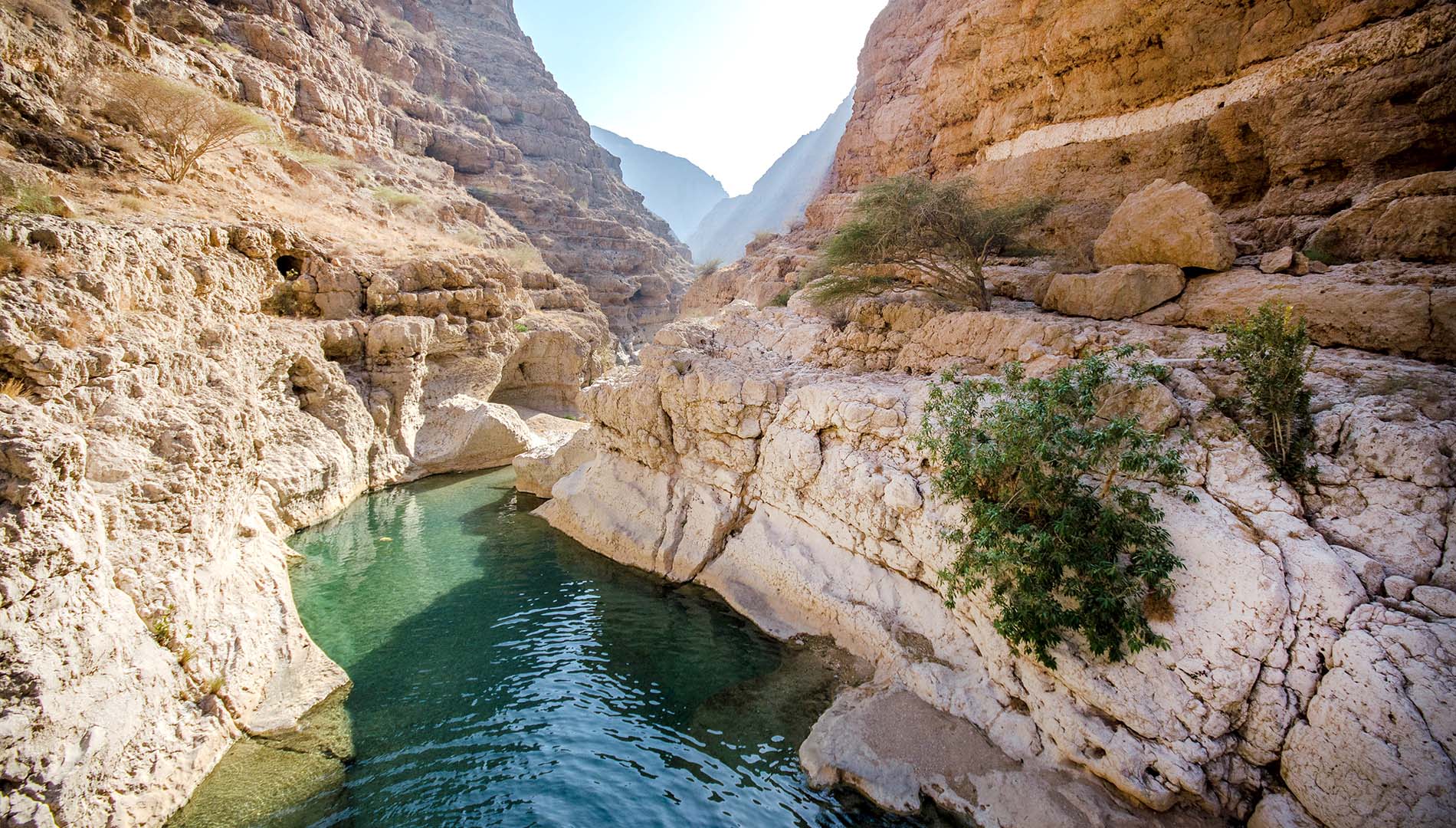
Explore Oman by visiting its wadis for your desert adventure. (Photo: Getty Images)
OutdoorsDestination Desert: The Ultimate Guide to Oman’s Wadis
By CHRISTOPHER DWYERThe dramatic deserts and mountains of Oman are not only cinematic in scale, but also hide a stunning secret known as “wadis.” From stargazing to hiking, picnics to swimming, and rappelling to kayaking, a world of both relaxation and adventure awaits in these incredible ribbons of life.
Wādī is the Arabic word for “river” and refers to the bed of a valley or a stream that explodes into life as a verdant oasis. In winter’s rainy season they flow with water, while in summer they are havens for wildlife, carpeted in wildflowers and echoing with birdsong and cicadas.
Beloved by Omanis and visitors alike, dozens of accessible wadis dot the country, all offering a multitude of reasons to visit. Here are five of the very best.
As always, check for travel guidelines and closures before planning your trip.
Wadi Shab
After a 90-minute drive from Muscat, you’ll hop aboard a boat to make a brief river crossing before you begin your 45-minute hike to reach the three turquoise pools that make Wadi Shab famous.
What’s surprising — given that some intrepid locals dive into the water from a cliff 90 feet above — is how compact the pools are. They provide the perfect cooling reward after your hike.
For strong swimmers, there’s even a secret waterfall that you can reach through a gap in the rocks.
Back in Muscat, end a day well spent listening to jazz, soul and blues music with a craft cocktail in hand at Al Bustan Palace, a Ritz-Carlton Hotel’s Al Maha Jazz Lounge.
Wadi Bani Khalid
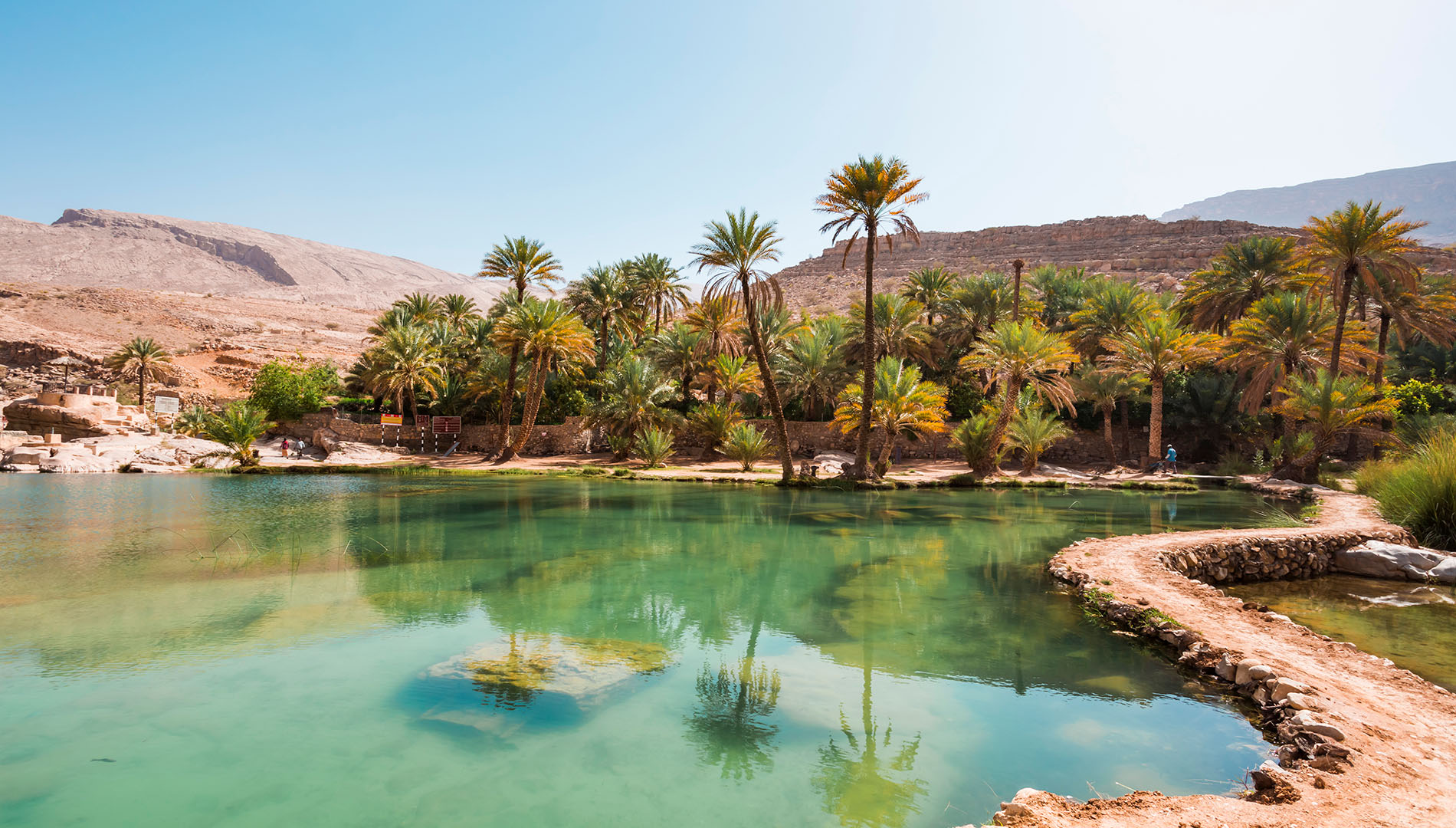
With its crystal-clear natural swimming pools lined by mango trees and date palms, it’s easy to see why Wadi Bani Khalid is Oman’s most popular wadi.
This stunning spot feels like a Garden of Eden between the desert and the coast, somewhere that the senses are overloaded with the sweet smell of roses, figs and pomegranates.
Wadi Bani Khalid is incredibly popular thanks to the presence of water year-round. It’s best to avoid weekends to truly appreciate the majestic landscapes of gorges, caves, orchards and ancient water channels known as “qanats.”
Don’t miss walking through tiny villages of colorful houses, listening to the calls to prayer, before cooling off and diving into the otherworldly beauty of the pools.
Alternatively, beat the heat with a refreshing dip in the Sheraton Oman’s shaded pool.
Wadi Ghul
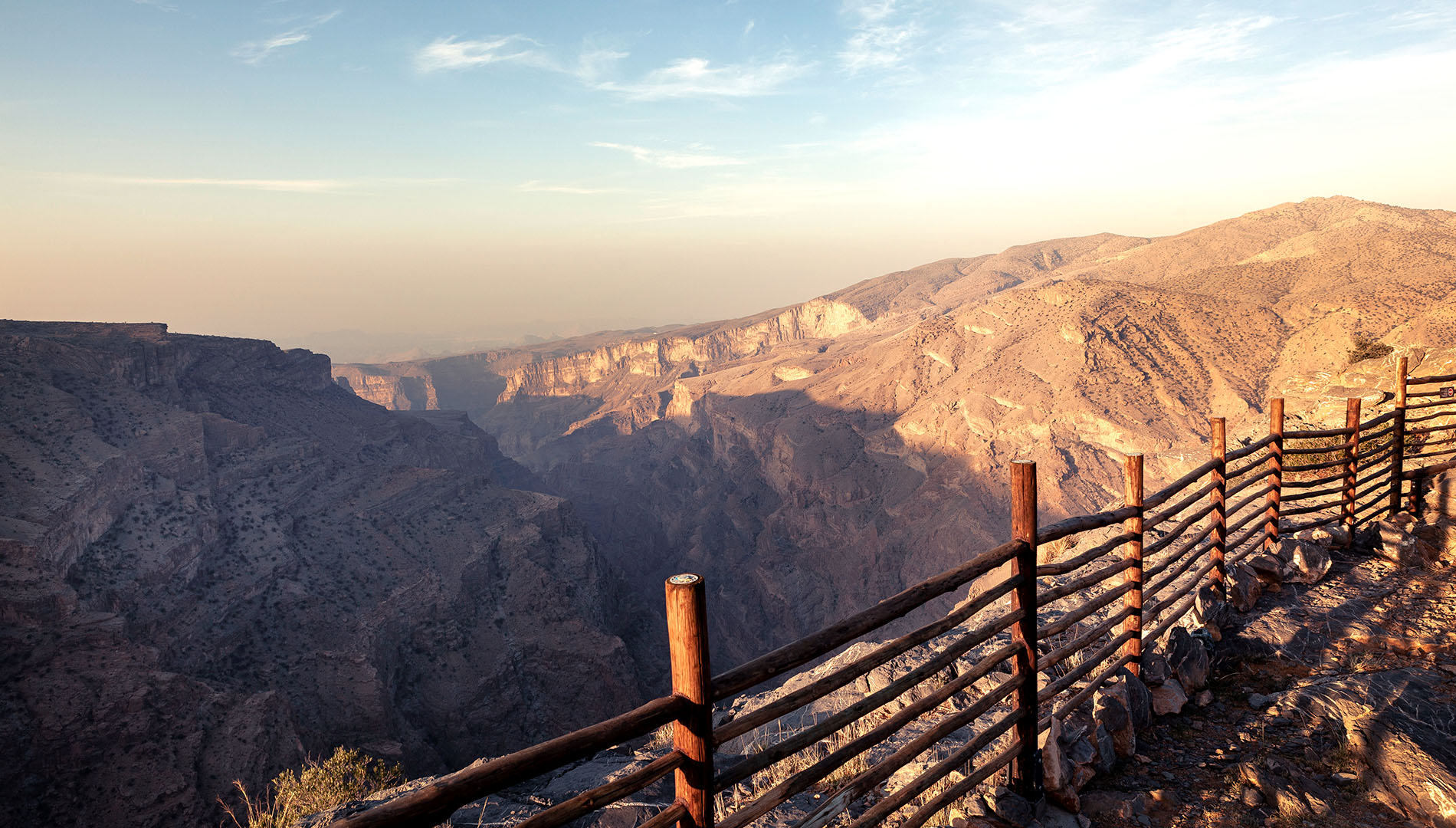
The fact that jaw-dropping Wadi Ghul, also called Wadi An Nakhur, is often referred to as “Oman’s Grand Canyon” should give you a good idea of its vastness.
Although just two hours from Muscat, getting there is an adventure in itself as miles of remote, rough tracks are only accessible by vehicles with four-wheel drive, while towering above you lies Jebel Shams, Oman’s tallest mountain at 10,000 feet.
Hikes take you across rock-strewn valleys and waterways, through ancient, abandoned villages dug out from the ochre cliffs where mountain goats somehow cling to precipices. For experienced climbers, a via ferrata metal ropeway offers serious adventure and rappelling opportunities.
Wadi Tiwi
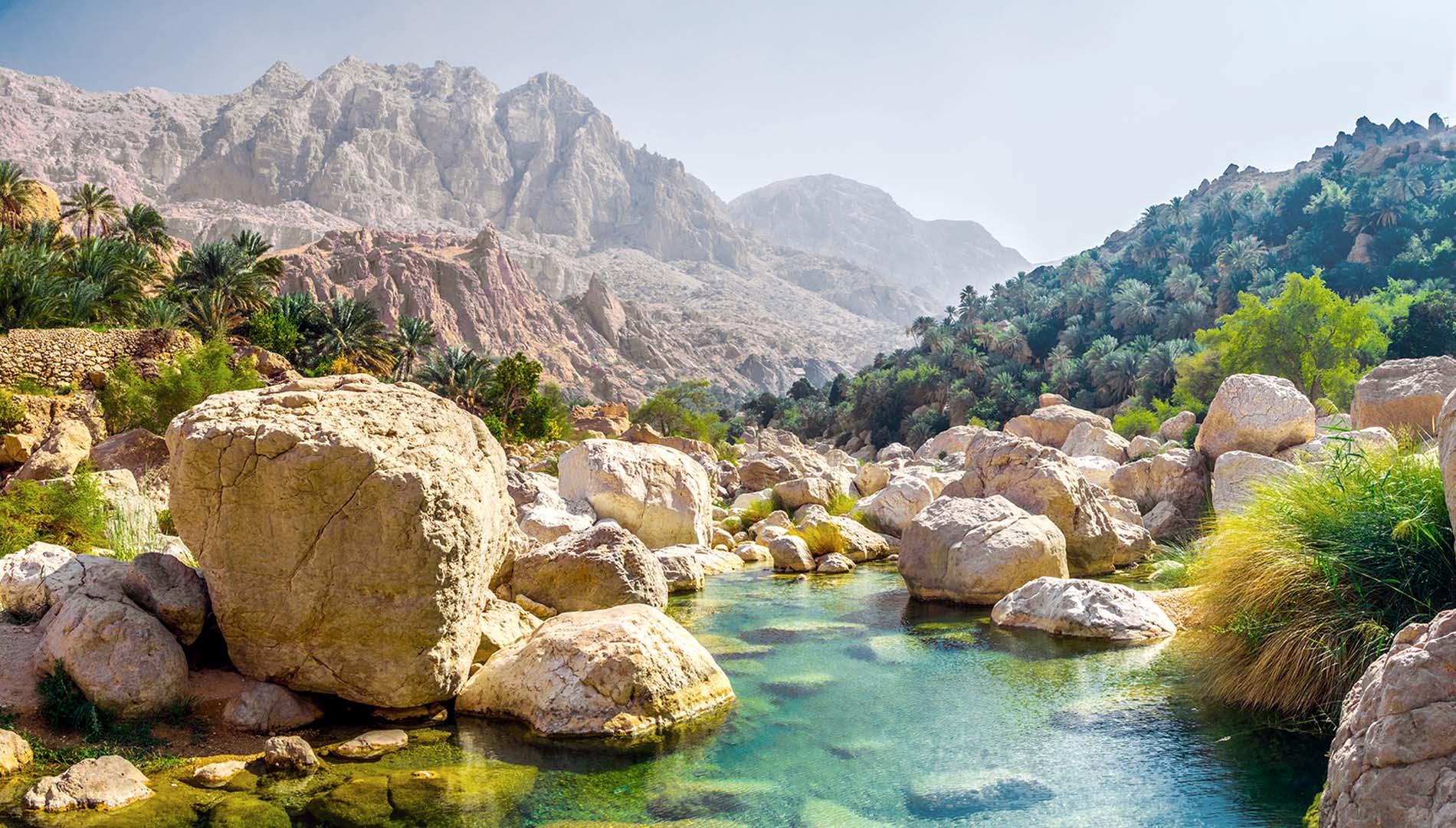
Oman is a stellar location for stargazing, and few locations can match Wadi Tiwi when it comes to majestic views of the cosmos. Sitting some three hours southeast of the capital by car, it’s also far away enough to warrant a longer stop.
The riverside trail to reach Wadi Tiwi’s pools takes you through fig and date groves, rose gardens teeming with butterflies, and fragrant orchards. Unusually for a wadi, there are also multiple inhabited villages, giving you a glimpse of the local rural way of life.
Mybam, the last village in the canyon, offers unforgettable views of the surrounding mountains and ingeniously irrigated farms that dot the steep hillsides — truly a photographer’s paradise.
Wadi Darbat
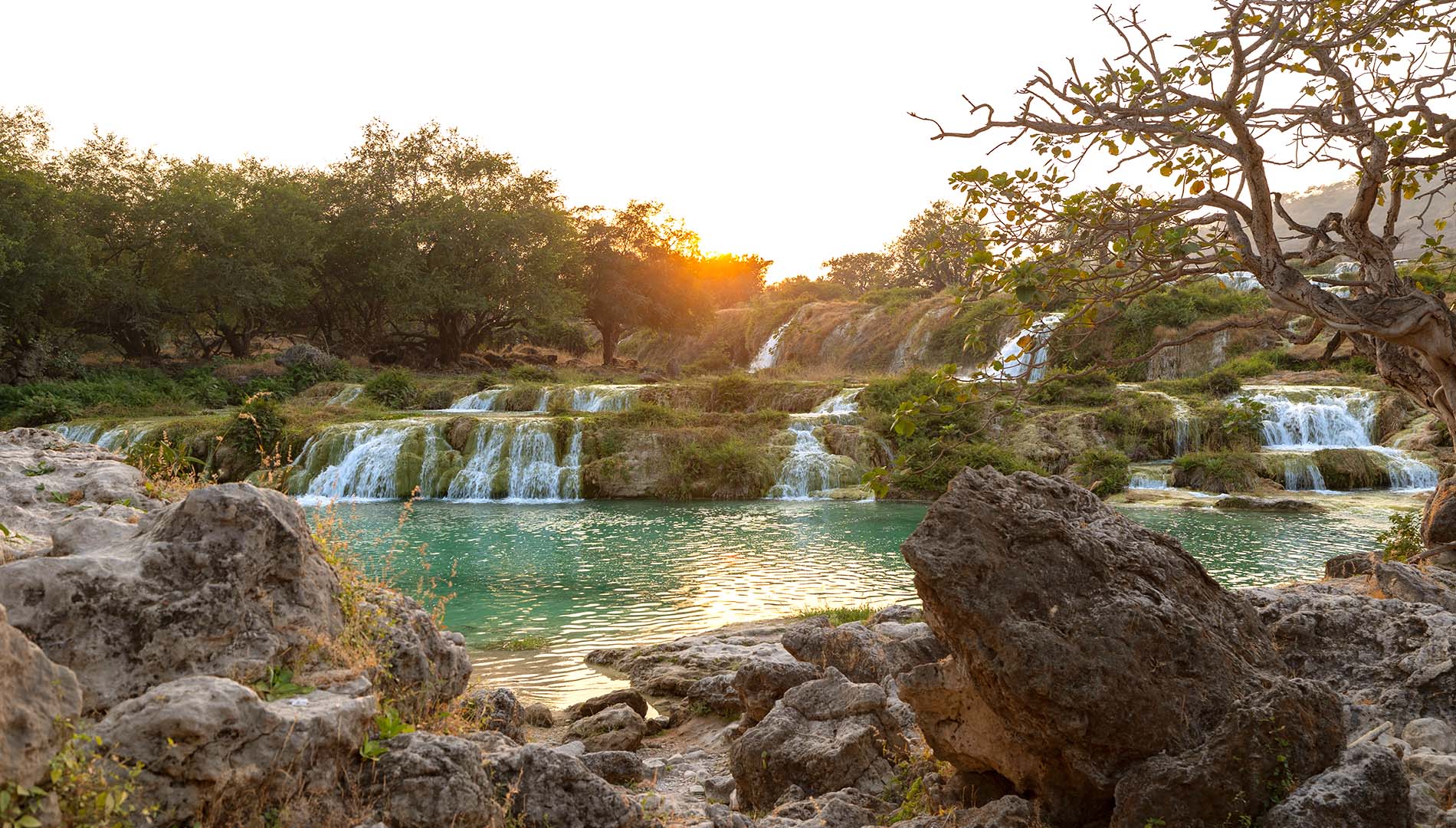
A 90-minute flight from Muscat takes you to the southern tip of Oman and the stunning landscapes around the country’s second-largest city of Salalah.
The draw at nearby Wadi Darbat in the Dhofar Mountains is the mighty series of waterfalls that cascade year-round, but especially in monsoon season from June to September. One thing you can’t do here, however, is swim, as water snails carry the disease bilharzia.
Still, there’s plenty to see and do, from snapping pics of camels and Instagram-perfect azure pools and rivers to picnicking, camping, boating and kayaking. There are even seasonal coffee and food vendors.







